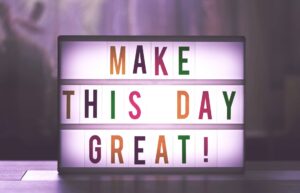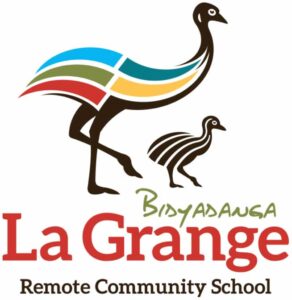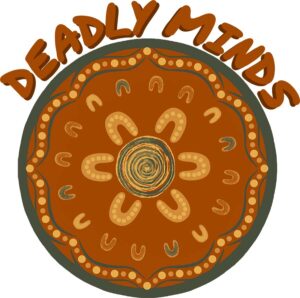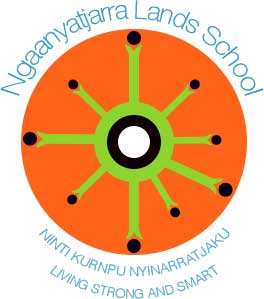Menu
written by Fiona Smith

The Wake Up
Many people often find they are sluggish upon waking. If, like myself, you take a little time to get going in the morning, there are a few simple exercises you can do even before your feet touch the floor to get your energy flowing. These exercises are based on my personal experiences using the Donna Eden Method as described by her colleague Lauren Walker, with a view to benefiting our senior population at home, but they may be used by any person at any age.
The first simple exercise is to breathe.
Breathe deeply in through the nose and out through the mouth. This breathing connects where the hard and soft palate meet at the top and back of the mouth, and you can feel where the in and out breath meets at this point. This style of breathing creates a refreshing circuit through the head and upper body.
Continue breathing in through the nose and out through the mouth during the following exercises, which should all be done in a seated or standing position.
One simple way to communicate with your body is to talk to it with pulsation, and you do that by thumping (gently) or tapping on specific points of the body.
Put the tips of your first two fingers and thumb together to form a three-point notch. You’ll be tapping or thumping that three point notch against the key points shown in the diagram below for approximately 20 seconds each.

The first points are located on a pair of meridian points known as K-27. They are located in the slight hollows underneath the end points of your collar bones, about an inch lower than the bony protrusions near the centre of your chest. If you press in and the points feel sore, you’ve found them! Thump or massage these points as strongly as you can tolerate.
K-27 points are the end points of the kidney meridian. The kidney meridian is considered to carry the earth’s vital life force energy, called prana in yoga or chi in Traditional Chinese Medicine, so working with these points is said to increase and distribute the life chi.
These points also correspond to myofascial trigger points in Western Medicine and gentle massage can help relieve muscular pain.
The second thump is in the centre of the sternum, at the thymus gland. Again, thump with your three point notch or massage this point strongly.
The thymus gland supports your immune system, which helps your body fight disease, and stimulates all your energies.
The third thump is the end points of the spleen meridian, located on the side seams of your body on the lower rib cage.
The spleen meridian is responsible for metabolism, of food, experiences, thoughts and energy. It is considered a crucial meridian line for energy yoga, though is not considered a vital organ in Western Medicine and is often overlooked.
There is a second set of spleen points , called the spleen neurolymphatic points, that are located along the same axis as the spleen meridian points but closer to the centre of the body; thumping or massaging these points is also quite beneficial.
Massage or thump the whole triangular-shaped rib cage area below the chest and you’re sure to hit the spleen points, and when you find a sore spot, work on it!
The fourth thump is located on the bone directly under the eye, in line with the iris when the eye is looking forward. This delicate bone requires a lighter tap. Use the tips of your fingers to drum on the bone, as if you’re drumming your fingers on a table. These points are the beginning points of the stomach meridian, which helps to ground your energy.
Crossover Shoulder Squeeze
Simply push down and squeeze the muscle of the left shoulder with your right hand, then drag your hand across the body to the right hip. Then push down and squeeze the muscle of the right shoulder with the left hand, then drag your hand across the body to the left hip.
This will help your energies to cross between the two sides of the body, to work more effectively, as it is supposed to do.
Head massage
First, let your hair down and massage all over your head as if you’re shampooing your hair. Massaging the head releases built-up energy from our senses and thoughts, tension and stress.
If you feel a sore spot, go to the same place on the opposite side of your scalp and see if the sister spot is also sore. If you hold these twin points and massage them, you’ll notice that the pain quickly starts to ease. Pay particular attention behind the ears and at the base of the skull where it connects to the neck, as this occipital ridge is also the site of more myofascial trigger points and massage will help ease pain and stiffness.
Crown Pull
After spending a few minutes on the head massage, bring your fingertips together in the centre of your forehead, press into the forehead and smooth them outward towards the temples, as though you’re pulling the two halves of your head apart. Then move to the hairline and push the fingertips into the scalp and smooth them outwards from the centre about an inch or so. Continue this same motion along the centre line of the head, up and over all the way over the crown and down the back of the head to where the neck connects. Massage the neck on either side then release the hands.
Rub the hands together and give them a shake to finish.
Now you’re ready to face the day!
This practice is a quick and easy energising sequence to incorporate into your daily routine. I hope you find it helps you start the day on a positive note, as I do.
Author: Fiona Smith October 2020
References:
Lauren Walker. Energy Medicine Yoga: Amplify the Healing Power of Your Yoga Practice. ©2014 Sounds True, Inc.
Donna Eden Energy Medicine. https://edenmethod.com/











No spam – just event updates, breathing exercises and free meditation/mindfulness activities.
We won’t pass your details onto third parties. Promise!
© Yogazeit 2019–2023. All rights reserved.
View our Terms and Conditions and Policies and our Guiding Principles.
ABN: 62 631 658 305
Website designed by Eurisko with thanks and gratitude to Lotterywest Grants.
We wish to acknowledge the traditional custodians of the land we are working and living on, the Whadjuk Noongar people.
We acknowledge and respect their continuing culture and the contribution they make to the life, education and mindfulness of this city and this region supported by the leadership of Noongar elders past, present and emerging.
We extend this acknowledgement and respect to all Aboriginal and Torres Strait Islander peoples across Australia.